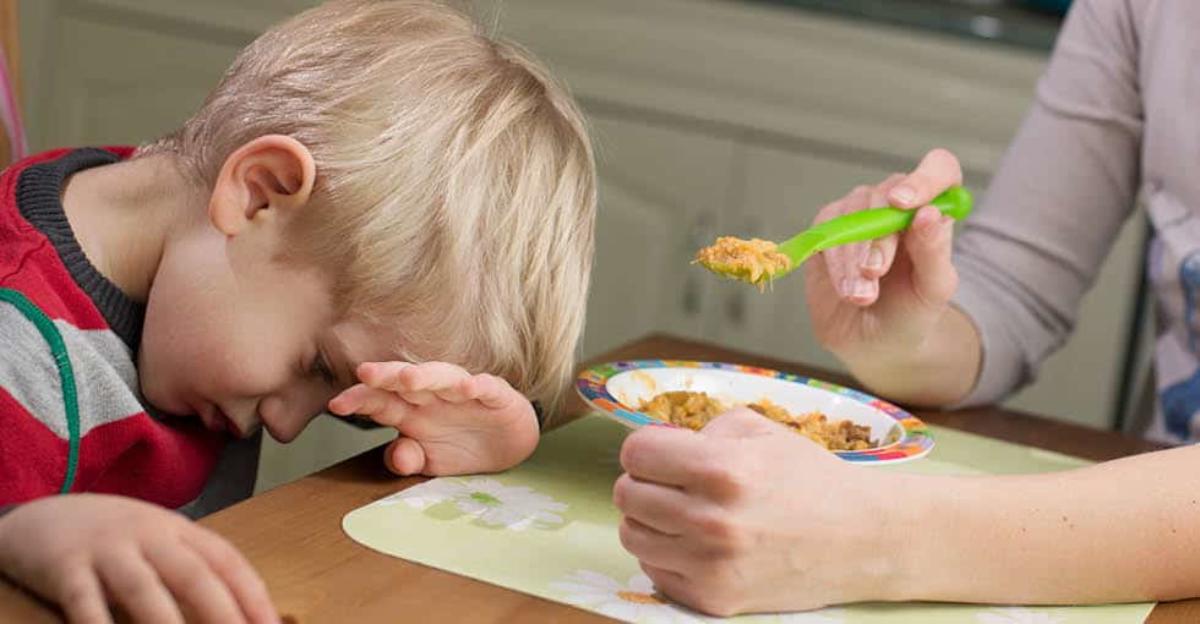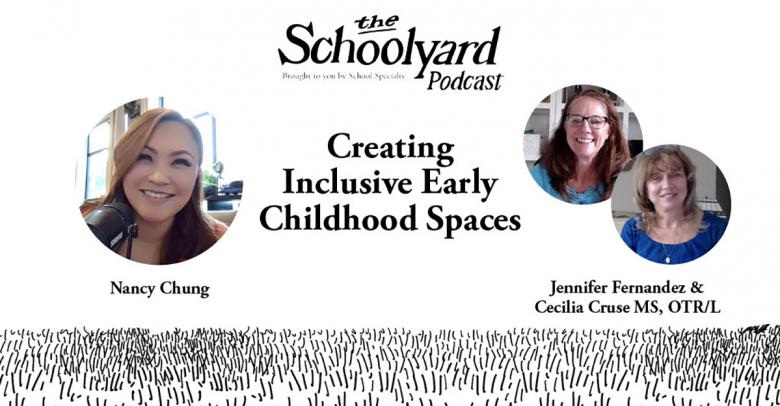As the holiday season approaches we know that all children can get thrown off their regular routine of preferred foods, established mealtimes and rituals. For children with special needs, this time of year can provoke additional anxiety and struggles.
7 Ways to Help Kids with Special Needs at Mealtimes
If medical reasons have been ruled out as to why a child is not eating, then these suggestions may help take the bite out of your picky eater:
1. Remove the war zone mentality at mealtime.
Taking attention off what the child is eating (or not eating) takes the pressure off of child and the caregiver. So keep mealtime fun and positive and don’t scold when he/she does not eat.
2. Limit food choices to 3 on a plate at one time.
Studies recommend that about one tablespoon per each year of a child’s age for each of the three foods. Use a plate with dividers if the child has spatial boundary issues with food touching. One of the 3 should be the child’s preferred food while the other two should introduce or reinforce new food choices. Keeping the new food choices fairly consistent with the preferred (or anchor) item may help with an easier progression.
3. It’s okay to play with food!
This is a natural part of sensory processing and development. Typically a child’s comfort level with food is established with exposure and sensory tolerance from allowing food on the plate to exploring with utensil and/or hands (touch input) smelling the food (olfactory input) tasting the food (gustatory input) to finally ingesting. Remember that studies show it takes up to 10 repeated presentations of a new food (while implementing step 1 above) before a child will regularly eat the new item.
4. Allow food choices and the option to communicate preferences.
Expanding food repertoires are sometimes set as objectives at school as part of a student’s IEP. Well- meaning teacher’s aides want to help meet these goals but may push too quickly or don’t allow the child a choice of what to eat. Use pictures/symbols as needed to communicate food choices and allow for a yes/no communication response as well. Often when given simple choices, the child then starts to sequence eating patterns and expanding the food options tolerated.
5. Set and maintain a constant mealtime routine.
Having a predictable sequence of washing hands, helping to set the table, and/or even helping with food preparation as appropriate can help reduce anxiety. Try to keep to a set time for meals and remove plate when done. Spending an extra hour trying to coax extra bites into to a fussy child may not be the best approach. Instead, just remove the food (without reward or punishment). Always allow for liquids between meals and offer snacks within reason but keep full meal times on regular schedule.
6. Watch your language!
Think about modeling through your words the response you would like to encourage. Instead of saying “Stop Yelling” for example…say “Use your inside voice” or “No don’t throw your food” say “Food stays on your plate.”
7. Read a social story.
Finally, for the busy holidays ahead, a social story may be helpful to read to your child ahead of time to help him/her through the event. And packing extra anchor foods (child’s preferred choice) for outings and special meal events may help prevent meltdowns and ensure nutritional needs are met.
We hope these strategies help your picky eater become a good eater that picks good food choices!
Cecilia Cruse
Cecilia Cruse, MS, OTR/L has a BS degree in Occupational Therapy from the University of Florida, and her Master’s degree in Education from Georgia State University. She is SIPT certified and has over 25 years’ experience in pediatrics with school-based services, acute care, and outpatient pediatric settings.
Read more posts by Cecilia Cruse–>







Leave a Reply